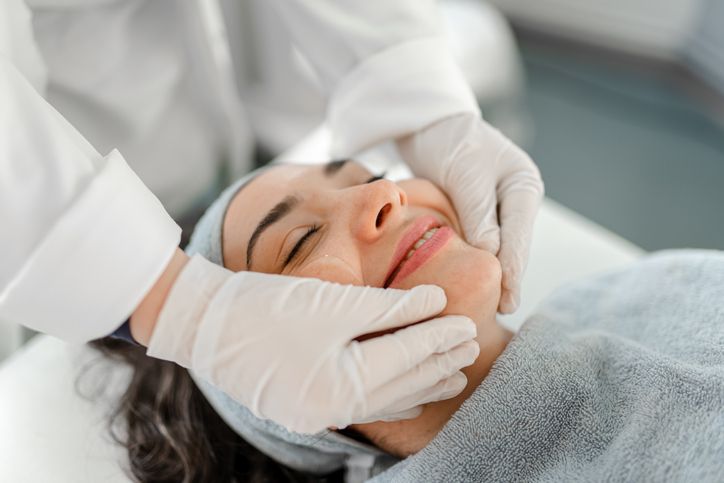Folliculitis in People with Oily Skin: Causes and Cures
If you are a beautician dealing with clients who have oily skin, understanding folliculitis in people with oily skin is crucial. This condition, often marked by inflammation around hair follicles, can be aggravated by an overproduction of oil. Those with oily skin are more prone to clogged pores, which can create the perfect environment for folliculitis.

Causes of Folliculitis in Oily Skin
Folliculitis can be triggered by various factors, especially in individuals with oily skin. This includes bacteria, yeast, and fungi that thrive in an environment rich in oils. Additionally, improper skincare routines, such as not cleaning the face thoroughly or using products that are too harsh, can exacerbate the issue. Understanding these underlying causes is the first step for beauticians to help their clients manage this condition. For a detailed analysis, you might refer to this study.
Signs and Symptoms
Recognizing the signs of folliculitis is essential for treatment. Clients may present with red, bumpy skin, sometimes filled with pus and itching or tenderness around the hair follicles. These symptoms can often be misinterpreted as acne, leading to inappropriate treatment. A precise diagnosis is crucial, and guiding clients to differentiate between acne and folliculitis can help them apply the right care. To understand more deeply about skin rashes and conditions related to folliculitis, check this resource.
Best Practices for Prevention
Cleaning and Exfoliating
Regular cleaning and gentle exfoliation can help reduce the excess oils that lead to clogged pores. Using products suited for oily skin can prevent folliculitis and improve overall skin health. Direct your clients to use non-comedogenic products to reduce the risk of further blocking their pores. A detailed skincare routine can be found at skincare routines.
Avoiding Tight Clothing
Tight clothing can trap sweat and oils against the skin, leading to irritation and outbreaks. Advising your clients to wear breathable fabrics can play a significant role in preventing flare-ups. Especially during activities that induce sweating, such as exercising, opting for moisture-wicking fabrics can significantly impact folliculitis management.
Treatment Options
Treating folliculitis involves both topical and oral options. Topical antibiotics and antifungals can help address bacterial or fungal causes respectively. In more severe cases, oral medications might be necessary. Encouraging patience with treatment and understanding that it might take time for signs to clear can help manage client expectations effectively. For more detailed advice on treatment during specific conditions like pregnancy, visit folliculitis during pregnancy.
When to See a Dermatologist
If over-the-counter treatments don't work, it might be time to consult with a dermatologist. Persistent conditions could require professional intervention, including prescription medicines or specialized treatments. Helping clients understand when to escalate to professional care is a part of being an effective beautician. To know more about professional care options, check this American Academy of Dermatology resource.
Preventative Measures for Future
- Maintaining a balanced skincare routine.
- Regularly changing out loofahs and razors to prevent bacterial growth.
- Guiding on the right dietary choices can also help manage oily skin.

FAQ on Folliculitis in People with Oily Skin
What causes folliculitis?
Folliculitis is primarily caused by bacterial infections but can be aggravated in people with oily skin due to clogged pores.
Can diet affect folliculitis?
Yes, diet can influence oil production. Foods high in sugar and dairy might increase oiliness and subsequent folliculitis in susceptible individuals.
How often should oily skin be cleaned to prevent folliculitis?
It's best to cleanse oily skin twice a day to prevent excess oil build-up. Regular cleaning helps remove impurities that might contribute to folliculitis.

